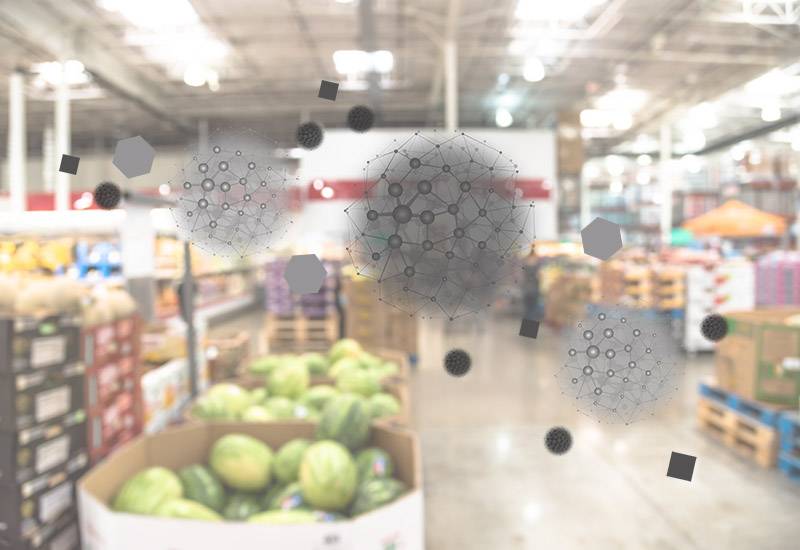Most consumers don't think about food contamination when they are at a restaurant or the grocery store. But the truth is, contamination of food is a real problem that people in the industry must be aware of, which is why we've put together this guide.

If you work in the food and beverage industry, you're also a consumer of the products you make. So you know more than anyone else how important it is to maintain safe, uncontaminated products. Food and beverage is one of the most highly regulated industries, but airborne contamination of food can make it hard to meet those standards. Fortunately, a few simple measures can change the game.
Food contamination refers to any time a food product comes into contact with another food item, germs or other contaminant that it's not meant to touch. Typically this happens during the production and processing process. Any time there is contamination of food, is a threat to public health.
Food contamination can occur at any point in the production process and there are three main types that you need to be aware of in order to prevent them from happening:
1. Cross contamination
This is when particles like grain, eggshells, shellfish, spices, sugar, corn starch or flour accidently come into contact with the food to be processed. This can be even worse if those particles happen to have been contaminated already by germs.
2. Particle contamination
This happens when particles of something like dust or pollen get into food during the production or packaging process.
3. Microbial contamination
This kind of contamination happens when micro-organisms like bacteria or mould get into the food, usually because of inadvertent contact with the workforce involved in the production.
So, as you can see, there’s lots of opportunities for various types of food contamination to take place at all stages of the process of producing it. Utilising HACCP principles is essential to ensure compliance and to provide a trail of documentation that will allow you to trace back any contamination to its source and ensure it doesn’t happen again.
Legal compliance is of course a major factor you need to consider when preventing contamination of food and beverages, but the main one has to be consumer health. Sending out contaminated food or drinks risks causing illnesses and even deaths. If this happens because of poor processes, the legal and reputational damage will be catastrophic but secondary to the human impact.
Here's the good news: There are many steps businesses in the food and beverage industry can take to make sure they are eliminating contaminants and keeping their products clean and safe.
A powerful air purification system from Zehnder Clean Air Solutions could be your best weapon in the battle against the contamination of food. With the right air purifier, you can easily pull any dangerous microorganisms out of the air before they have a chance to contaminate the food you produce.
To complete your subscription to our newsletter, simply click on the link in your inbox. If you don't receive anything, check your spam folder to be sure.